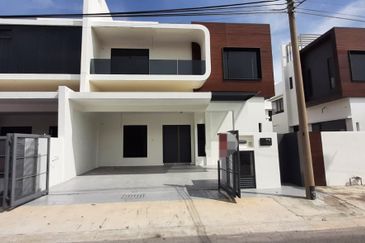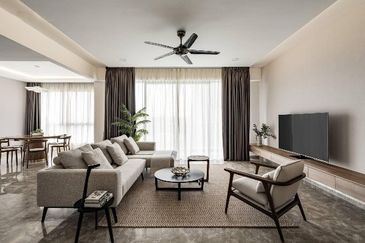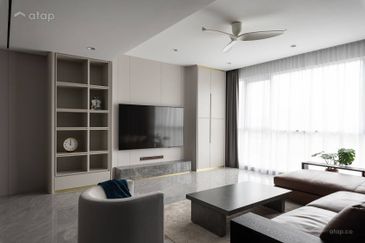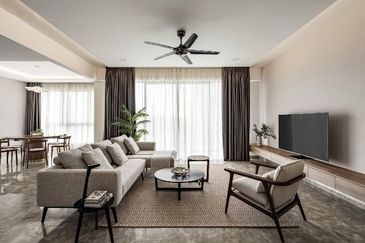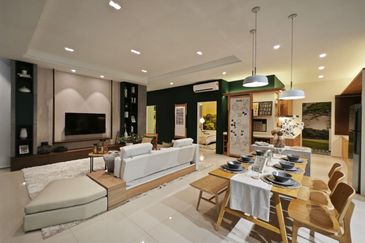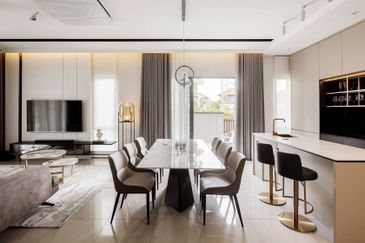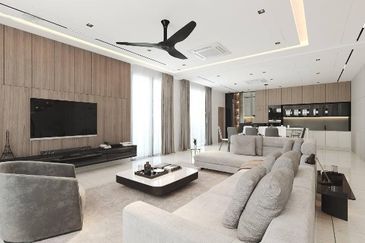
Clean air is vital for our wellbeing, and indoor air constitutes a huge part of the air we breathe. Unfortunately, awareness among Malaysians on the importance of air cleanliness and what must be done to maintain air quality is low.
Some issues and solutions were discussed during the “EdgeProp.my Roundtable 2018: Is your home a sick building?” held on April 10 at the Panasonic Home•2•Com Solution Centre in Bangsar South.
The panelists of the roundtable were S P Setia Bhd executive vice-president Datuk Tan Hon Lim, Malaysian Institute of Architects (PAM) president Ezumi Harzani Ismail, Pantai Hospital Kuala Lumpur consultant respiratory physician Dr Sundari Ampikaipakan, Architect Centre Sdn Bhd accredited building inspector and trainer Anthony Lee Tee, Henry Butcher Malaysia (Mont’Kiara) Sdn Bhd executive director Low Hon Keong and Panasonic Malaysia managing director Cheng Chee Chung.
The roundtable was moderated by EdgeProp.my managing director and editor-in-chief Au Foong Yee, and is powered by Panasonic.
Below is an excerpt of their discussions.
EdgeProp.my managing director and editor-in-chief Au Foong Yee: What we don’t see can actually harm us. Exactly how serious is air pollution in Malaysia?
Pantai Hospital Kuala Lumpur consultant respiratory physician Dr Sundari Ampikaipakan: Does everyone know what we are breathing in? Do you know what’s in the air? It’s 21% oxygen, 78% nitrogen, 1% argon and the rest are carbon dioxide and other gases and particles. What we are very aware of is the outdoor air quality because we have experienced haze in Malaysia for so many years. We are aware of the API (Air Pollutant Index) that gives us an indication of the air quality.
Our lungs can filter out anything that is 10 microns — anything below that is an issue. Most of the particle size in air pollution is about 2.5 microns, such as those from wood burning, forest fires… All these tiny particles get into our airways and make us cough. Asthmatics get worse and older people have trouble breathing.
How serious is air pollution in Malaysia? Unfortunately, we live in a country where data is scarce on a number of issues including healthcare and air pollution. There was even some controversy over the API accuracy. Air pollution as we know it is predominantly about outdoor air, but indoor air pollution is a big part of air pollution.
Au: There are findings that said a person breathes in an average of 18kg of air each day.
Dr Sundari: A pair of healthy lungs could breathe in 4kg to 5kg of air per minute, so 18kg of air inhaled in a day is not unusual.
Au: When we talk about air pollution, it is not just about haze. There are volcanic eruptions and even flooding.
Dr Sundari: Yes, flooding will give rise to mould in the air. Fungal spores [are released] during our monsoon season when it rains a lot. And one of the big pollutants is smoking. So, there are a lot of components in outdoor and indoor air [pollution].
Architect Centre Sdn Bhd accredited building inspector and trainer Anthony Lee Tee: Our buildings have two inherent issues — cracks and leaks. Leaks are our main concern because they can lead to mould. The high humidity level in Malaysia makes it worse. We have visited many homes where the occupants were unaware they were living in that kind of environment — it has become “normal” to them. The awareness of poor indoor air quality is very low in Malaysia. I’m glad we have a forum to talk about this today.
Panasonic Malaysia managing director Cheng Chee Chung: As an appliance producer, air quality is one of the areas we always want to provide solutions for. These appliances make air quality better for indoors. We are said to consume 2kg of water and 1.2kg of food but we don’t pay attention to air, whether it is filthy or not, because we don’t see it. But we spend a lot of time indoors — in office and in our homes — so indoor air quality is very important.
S P Setia Bhd executive vice-president Datuk Tan Hon Lim: Compared to other Asian countries, Malaysia’s air quality has a rating of PM15. This is 50% more than the healthy parameter of PM10, so we have to take action to mitigate this.
Henry Butcher Malaysia (Mont’Kiara) Sdn Bhd executive director Low Hon Keong: I have conducted surveys across 50 buildings we’re managing. The respondents, especially the locals, don’t have much awareness of indoor air quality.
Among the reasons for unhealthy indoor air quality are floor traps in new buildings — they always “smell”. Inter-floor leakage causes bad smells in high-rises. Property owners turn off the air-conditioners in enclosed lift lobby to save cost, causing the air to not flow.
We need more awareness among consumers. We also need to go to the ground to understand what they are going through.
Malaysian Institute of Architects (PAM) president Ezumi Harzani Ismail: The conversation on air quality should start before the building is completed. If more construction is done on-site such as the mixing of sand and cement, a lot of particles will be trapped in the ventilation and air-conditioning ducts, the wall surface or other parts of the building. So, when the building is completed, it looks clean but it actually isn’t. This is why you get the “new building” smell. It would be better if we can fabricate most of the material off-site to reduce the wet work on-site. At the design stage, we must consider the use of material selection, construction methods and maintenance of the building.
Au: Interesting. So, ultimately, we are talking about knowledge and cost. As a top developer in the country, could S P Setia share thoughts on this?
Tan: Basically, whatever we’ve done so far have met the requirements of purchasers. The problem is after completion. How we maintain the building is very important. We follow the guidance of architects. It’s a collaborative effort to reduce air pollution indoors.
Au: This might sound crazy but which is worse — indoor or outdoor air pollution?
Dr Sundari: It’s all about what you’re breathing in — whether it’s indoors or outdoors. Like in China and India, the air pollution is very bad, because there’s a lot of wood and coal burning going on there. It’s about exposure. But I find many of my patients are unaware of a need to clean the filters of air-conditioners. There is no guidance or awareness on how often this should be done.
Lee: If we look at the current property trend, many high-rise properties are clad in glass and many are specifically designed to run with full-on air-conditioner — you can’t open the window and get some fresh air in. And when people decide to save costs and turn off the air-conditioner after certain hours, you are breathing in your own exhalation in a very confined area. So, you can have a five-star property with very low indoor air quality.
For landed properties, the idea is to feel cool at home, by just turning on the air-conditioner. But a lot of these properties are not well ventilated because there is no fresh air. Many of the air-conditioning [units] are serviced by strong chemicals. It’s a vicious cycle — you think you’re doing the right thing. So, the awareness needs to come from how the property is built and maintained. The equipment to measure spores and dust particles is becoming more readily available and used to assess the condition of the place we live and work in.
Au: Do we have the right equipment in the market?
Lee: The only awareness for equipment measurement for, say, carbon dioxide, VOCs (volatile organic compounds) [and] spores has only become mainstream today because of the GBI (Green Building Index), which has a subset on indoor air quality and the reduction of organic compounds.
Au: So, the GBI is the only initiative we have in the market right now? What about the cost? Can people afford such expertise?
Lee: From my personal experience, the cost lies in falling sick. We don’t pay for the equipment — we pay hospital bills. But I’m glad that today we are taking baby steps. We don’t have this measuring equipment like a dashboard at home to measure air quality, but that would be ideal. It should be part of the household equipment that comes with the home.
Cheng: Our current lifestyle sees us spending 90% of our time indoors, so it is the right time to address this issue. We have to look at the cause and source of air pollution, whether it’s biological or chemical. Addressing the construction materials and how construction is done is the technical part. We need to consider how much air can be exchanged in a particular room, or we would be living in a room with still air.
From Panasonic, most of our air-conditioning units have sensors and indicators on the air quality of the room but it’s still very difficult to convince people — they think those indicators are not important. So we need to address the users. We have more technical measuring equipment but those are very expensive.
Read the rest of the discussion here:
* Know the air that you breathe
* The price of taking in filthy air
* Building design and indoor air
* Of gyms, hospitals, hotel rooms and offices
* The ‘price’ of clean air
* The political and individual will
* Wish list
This story first appeared in EdgeProp.my pullout on April 20, 2018. Download EdgeProp.my pullout here for free.
TOP PICKS BY EDGEPROP
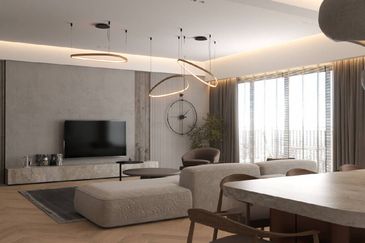
Luxury Condo By The Lake
Kota Kemuning, Selangor
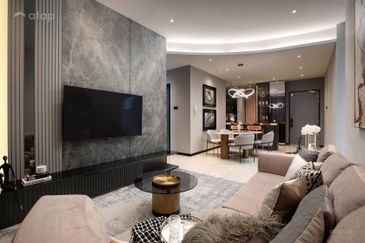
NEW LAUNCH CONDO @ KOTA KEMUNING
Kota Kemuning, Selangor
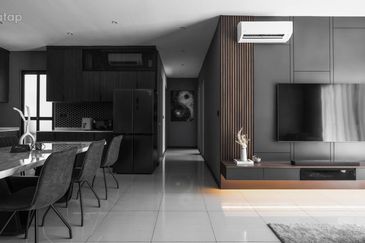
NEW LAUNCH LAKESIDE CONDO @ KOTA KEMUNING
Kota Kemuning, Selangor
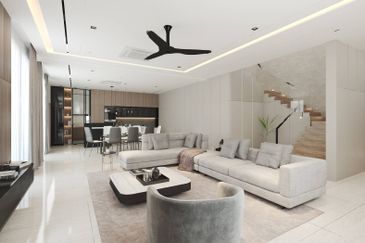
NEW LAUNCH SUPERLINK @ KOTA KEMUNING
Kota Kemuning, Selangor
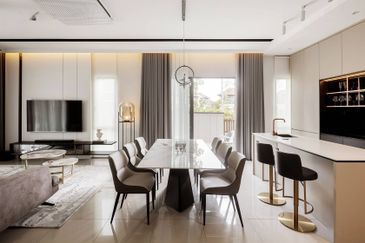
NEW LAUNCH SUPERLINK [KOTA KEMUNING]
Kota Kemuning, Selangor
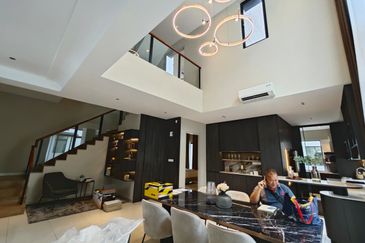
NEW LAUNCH 3STRY 28X70 SUPERLINK @ KOTA KEMUNING
Kota Kemuning, Selangor
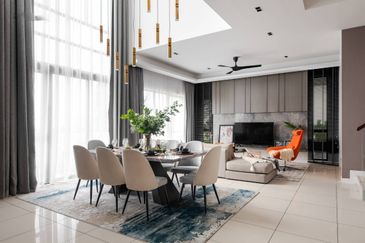
NEW LAUNCH 3STRY 28X70 SUPERLINK @ KOTA KEMUNING
Kota Kemuning, Selangor
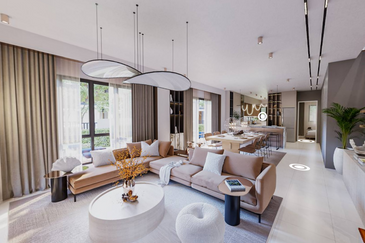
New Launch Semi-D @ Kota Kemuning
Kota Kemuning, Selangor
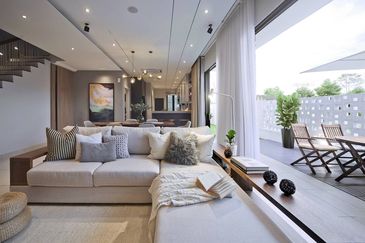
PRE LAUNCH SEMI-D @ KOTA KEMUNING
Kota Kemuning, Selangor
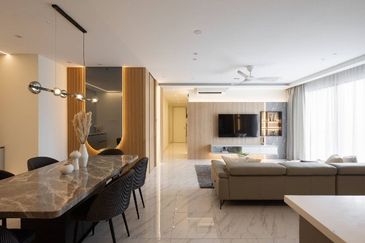
NEW LAUNCH LUXURY CONDO @ KOTA KEMUNING
Kota Kemuning, Selangor
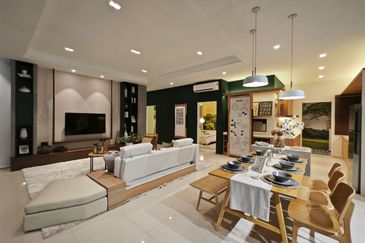
NEW LAUNCH LAKEVIEW TOWNHOUSE @ KOTA KEMUNING
Kota Kemuning, Selangor
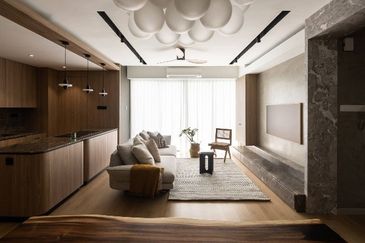
[NEW LAUNCH LAKEVIEW CONDO] KOTA KEMUNING
Kota Kemuning, Selangor



